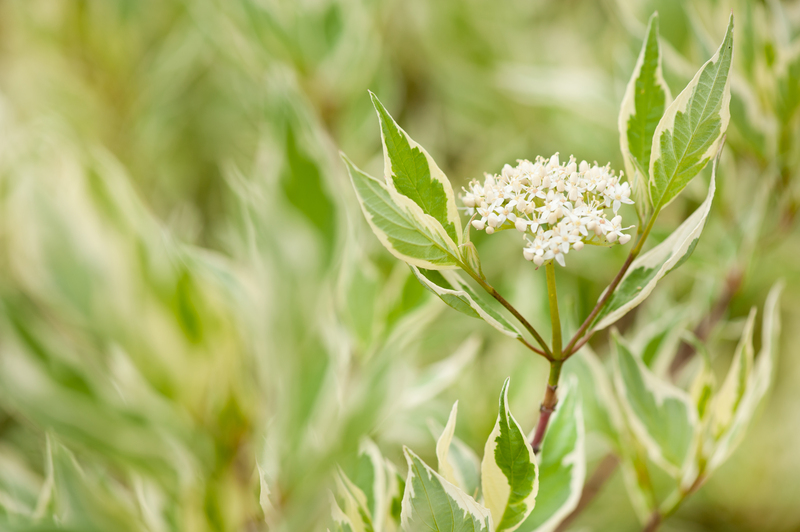Designing a Habitat for Garden Wildlife
Posted on 21/08/2024
Creating a garden habitat specifically designed to attract and sustain wildlife is a rewarding way to support local ecosystems. By dedicating a part of your garden space to fostering native species, you provide essential resources such as food, water, and shelter for birds, insects, and other wildlife. This article will guide you through the steps of designing a wildlife-friendly garden habitat.
Understanding Your Local Wildlife
The first step in creating a garden habitat is understanding the types of wildlife native to your area. Research local species, their habits, and their needs. Knowing what types of birds, insects, mammals, and other animals are prevalent in your region will help you tailor your garden to support them.

Planning Your Garden Layout
A well-thought-out garden layout is crucial for attracting wildlife. Consider the following elements:
1. Diversity of Plants: Use a variety of native plants to provide a year-round food supply and shelter. Native plants are more likely to thrive in your local climate and soil conditions.
2. Layers of Vegetation: Create layers with trees, shrubs, and ground covers to offer different habitats for various species.
3. Water Features: Adding a pond, birdbath, or small water fountain can provide an essential water source for drinking and bathing.
Implementing Key Features
Once you have a plan, it's time to implement the key features of your wildlife habitat.
1. Food Sources: Plant native flowers, shrubs, and trees that produce nectar, berries, nuts, and seeds. Consider adding feeders for birds and other wildlife.
2. Shelter and Nesting Sites: Install birdhouses, bat boxes, and insect hotels. Utilize dense shrubs and trees for natural shelter.
3. Water Sources: Ensure your water features are clean and accessible. Consider installing a recirculating pump to keep the water fresh and minimize mosquito breeding.
4. Avoid Pesticides: Use natural pest control methods to protect your wildlife. Pesticides can be harmful to beneficial insects and other garden visitors.
Maintaining Your Garden Habitat
Creating a wildlife-friendly garden is an ongoing process. Regular maintenance is important to ensure the habitat remains inviting and safe.
1. Seasonal Care: Maintain your garden throughout the year. Prune plants, clean water features, and refill feeders as needed.
2. Monitor Wildlife: Keep an eye on the species that visit your garden. Make adjustments based on their presence to improve your habitat.
The Pros and Cons
Pros:
- Supports local biodiversity and conservation efforts.
- Creates an educational and engaging experience for family members.
- Enhances garden aesthetics with vibrant plants and lively wildlife.
Cons:
- Requires regular maintenance and time investment.
- Initial costs for native plants and habitat features can be high.
- Potential for conflicts with pests or predatory species.
Tips for a Successful Wildlife Garden
- Choose a variety of native plants that bloom at different times of the year.
- Provide a mix of food sources, such as nectar-rich flowers and fruit-bearing shrubs.
- Ensure water features are safe for small animals and kept clean.
- Incorporate leaf litter and mulch to attract insects and invertebrates.
- Be patient - it can take time for wildlife to discover and use your garden.

Takeaways
Designing a habitat for garden wildlife is a fulfilling way to connect with nature and support local species. By incorporating native plants, offering food and water, and providing shelter, you create a vibrant ecosystem right in your backyard. Maintenance is essential, but the rewards include contributing to biodiversity and enjoying the beauty and activity of wildlife.
Conclusion
Creating a garden habitat for wildlife is both an art and a science. Understanding your local wildlife, planning a diverse and layered garden, and maintaining your habitat will help ensure success. While there are pros and cons to consider, the benefits of supporting biodiversity and creating a lively, beautiful garden often outweigh the challenges. With patience and dedication, your garden can become a thriving haven for wildlife.




